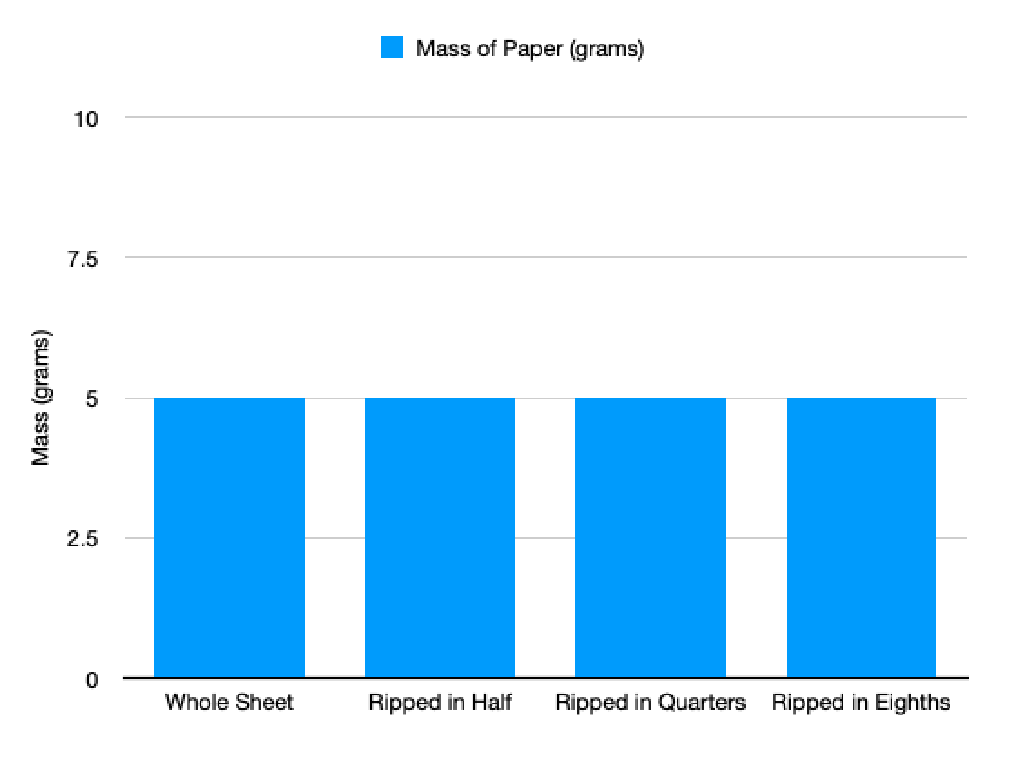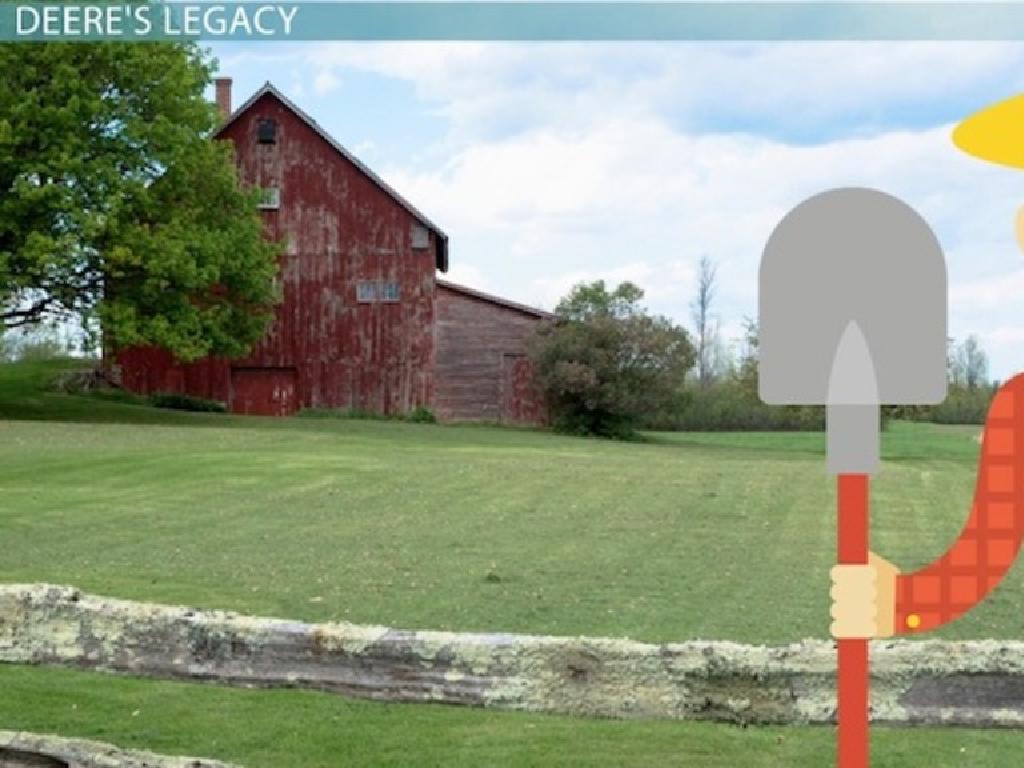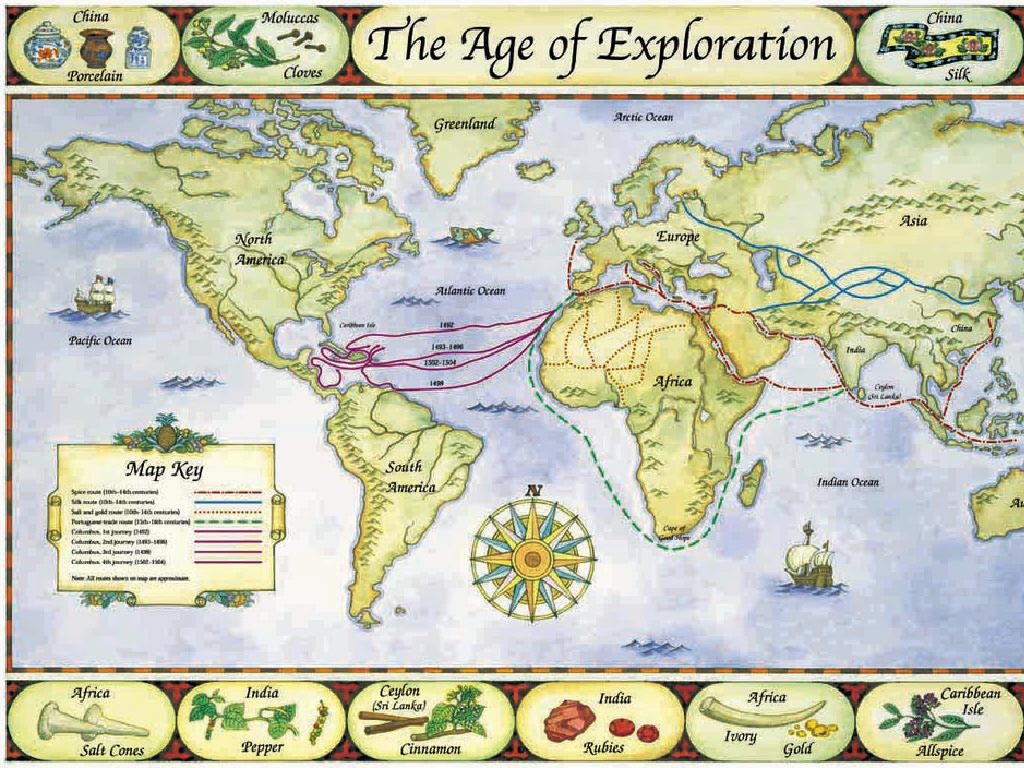Genetics Vocabulary: Genotype And Phenotype
Subject: Science
Grade: Eighth grade
Topic: Genes To Traits
Please LOG IN to download the presentation. Access is available to registered users only.
View More Content
Genetics: Genotype vs. Phenotype
– Genetics: Our biological blueprint
– Genetics determine physical and behavioral traits
– Genes: Units of heredity
– Genes are DNA segments that dictate traits
– Genotype: Genetic makeup
– Genotype consists of the alleles inherited from parents
– Phenotype: Observable traits
– Phenotype is how genotype is expressed, like hair color or height
|
This slide introduces the fundamental concepts of genetics, focusing on the distinction between genotype and phenotype. Genetics is the study of heredity and variation in organisms, which explains how traits are passed down from parents to offspring. Genes, made up of DNA, are the instructions for building and maintaining an organism. Genotype refers to the genetic makeup of an individual, including all the alleles received from both parents. Phenotype is the physical expression or characteristics of that genotype, influenced by both genetics and environment. Use examples like blood type (genotype) and the actual blood type observed (phenotype) to illustrate these concepts. Encourage students to think about their own traits and consider the genetic factors that contribute to them.
Exploring Genotypes in Genetics
– Define genotype
– Genotype is the set of genes in our DNA responsible for a particular trait.
– Genotype: genetic blueprint
– It’s the genetic code inherited from parents that determines genetic traits.
– Examples of genotypes
– For instance, BB, Bb, or bb for eye color, where ‘B’ might represent brown eyes and ‘b’ blue eyes.
– Genotype vs. phenotype
– While genotype is the genetic makeup, phenotype is the physical expression of that genotype.
|
This slide introduces the concept of genotype as part of the foundation of genetics. Genotype refers to the genetic makeup of an organism; it is the combination of alleles that an organism inherits from its parents. Examples help illustrate how genotypes manifest in different organisms, such as the genetic codes for eye color. It’s crucial to differentiate between genotype and phenotype, the latter being the physical characteristics that result from the genotype. Encourage students to think about how genotypes contribute to the diversity of traits seen in living organisms and to consider the role of dominant and recessive alleles in determining phenotypes.
Exploring Phenotypes in Genetics
– Define Phenotype
– Observable traits or characteristics of an organism, e.g., eye color, height.
– Phenotype: Physical Expression
– Physical traits that result from gene expression.
– Phenotype Examples in Nature
– Flower color in plants, fur patterns in animals.
– Influence of Environment
– Environment can affect phenotype, like sunlight on skin color.
|
This slide introduces the concept of phenotype as part of our study on genetics. Phenotype refers to the observable physical or biochemical characteristics of an organism, as determined by both genetic makeup and environmental influences. Discuss how phenotypes can vary widely even within the same species, using examples like the diverse flower colors in a single type of plant or the variety of fur patterns found in a litter of kittens. Highlight the role of the environment in influencing phenotypic traits, such as the effect of sunlight on skin color. Encourage students to think of their own phenotypic traits and consider how they might have been influenced by both their genotype and their environment.
Genotype vs. Phenotype: Genetic Expressions
– Compare genotype and phenotype
– Genotype: genetic makeup; Phenotype: physical traits
– Genotype’s influence on phenotype
– Genes determine traits, but phenotype shows actual characteristics
– Environment’s role in phenotype
– Sunlight affects skin color; diet influences height
– Examples of genotype and phenotype
|
This slide aims to explain the concepts of genotype and phenotype and their interrelation. Genotype refers to the genetic makeup of an organism, the information encoded in the DNA. Phenotype is the observable characteristics or traits, such as eye color, height, or leaf shape in plants. While genotype sets the potential for certain traits, the phenotype is the actual expression of these traits, which can be influenced by environmental factors. For instance, identical twins have the same genotype, but if they are raised in different environments, their phenotypes might differ due to dietary differences, sun exposure, etc. Use examples to illustrate how genotype and phenotype can vary and how the environment can play a significant role in the expression of certain traits.
Understanding Alleles: Genotype & Phenotype
– Alleles: Variants of genes
– Different forms of a gene, e.g., for eye color
– Dominant vs. Recessive traits
– Dominant traits overpower recessive ones
– Alleles’ role in Genotype
– Combination of alleles make up the genotype
– Alleles’ influence on Phenotype
– Physical expression of genotype is the phenotype
|
This slide introduces the concept of alleles and their crucial role in genetics. Alleles are different versions of a gene that determine distinct traits that can be passed on to offspring. Students should understand the difference between dominant and recessive traits, with dominant alleles typically masking the expression of recessive alleles. The genotype is the genetic makeup of an organism, the combination of alleles inherited from the parents. The phenotype is the observable characteristics or traits of an organism, which are influenced by the genotype and the environment. Use examples like flower color in peas or eye color in humans to illustrate these concepts. Encourage students to think about their own traits and what alleles might be responsible for them.
Exploring Genotypes with Punnett Squares
– Using Punnett Squares for prediction
– A tool to predict the genetic makeup of offspring from parental genes
– Practice problem on offspring traits
– Example: Cross a homozygous dominant with a heterozygous plant
– Interpreting Punnett Square results
– Analyze the squares to determine possible genotypes of offspring
– Understanding genotype vs. phenotype
– Genotype: genetic code; Phenotype: physical expression
|
This slide introduces the use of Punnett Squares as a predictive tool for determining the genotypes of offspring based on the genetic information of the parents. Students will engage with a practice problem, such as predicting the traits of offspring from a cross between a homozygous dominant and a heterozygous plant. They will learn to interpret the results and understand the difference between genotype (the genetic code) and phenotype (the physical expression of the genotype). The slide aims to solidify their understanding of genetic inheritance and the visual representation of genotypes using Punnett Squares.
Real-Life Applications of Genetics
– Genetics’ role in medicine
– Personalized medicine, genetic disorders
– Agricultural genetics
– Crop traits, livestock breeding
– Significance of genetics knowledge
– Informs health decisions, conservation efforts
|
This slide aims to illustrate the practical applications of genetics in everyday life. In medicine, genetics is crucial for understanding genetic disorders and developing personalized treatment plans. In agriculture, knowledge of genetics allows for the enhancement of crop yields and the breeding of livestock with desirable traits. Understanding genetics is also essential for making informed health decisions and for efforts in conservation and biodiversity. Encourage students to think about how genetics plays a role in their own lives and the world around them, fostering a deeper appreciation for the subject.
Class Activity: Create Your Dragon
– Design your own dragon
– Select genotypes for traits
– Genotype: genetic makeup, e.g., Bb or bb for wing size
– Sketch your dragon’s phenotype
– Phenotype: physical appearance, e.g., large or small wings
– Present your dragon to the class
|
This activity is aimed at helping students understand the concepts of genotype and phenotype through a creative and engaging exercise. Students will choose genotypes for various traits of a dragon, such as wing size, scale color, and fire-breathing ability. They will then draw the dragon, showcasing the phenotype based on the selected genotypes. Encourage creativity while ensuring they apply genetic principles. After completing their drawings, students will share their dragons with the class, explaining the genotypes chosen and how these translate into the dragon’s phenotype. This will reinforce their understanding of how genetic information is expressed in physical traits.
Genetics Recap: Genotype vs. Phenotype
– Review: Genotype and Phenotype
– Genotype: genetic makeup; Phenotype: physical traits
– Genetics’ role in daily life
– Genetics influence health, appearance, and behavior
– Reflect on today’s genetics lesson
– Think about how genetics affects you and your family
– Homework: Personal reflection
|
This slide aims to summarize the key concepts of genotype and phenotype, emphasizing their definitions and differences. Genotype refers to the genetic makeup of an organism, the alleles inherited from parents, while phenotype is the observable characteristics or traits. Highlight the importance of genetics in everyday life, including its impact on personal health, physical appearance, and behavior. For homework, students should write a reflection on what they’ve learned, how it relates to their own lives, and the significance of genetics in the broader context of human diversity and individuality. This exercise will help consolidate their understanding and personalize the knowledge gained.






